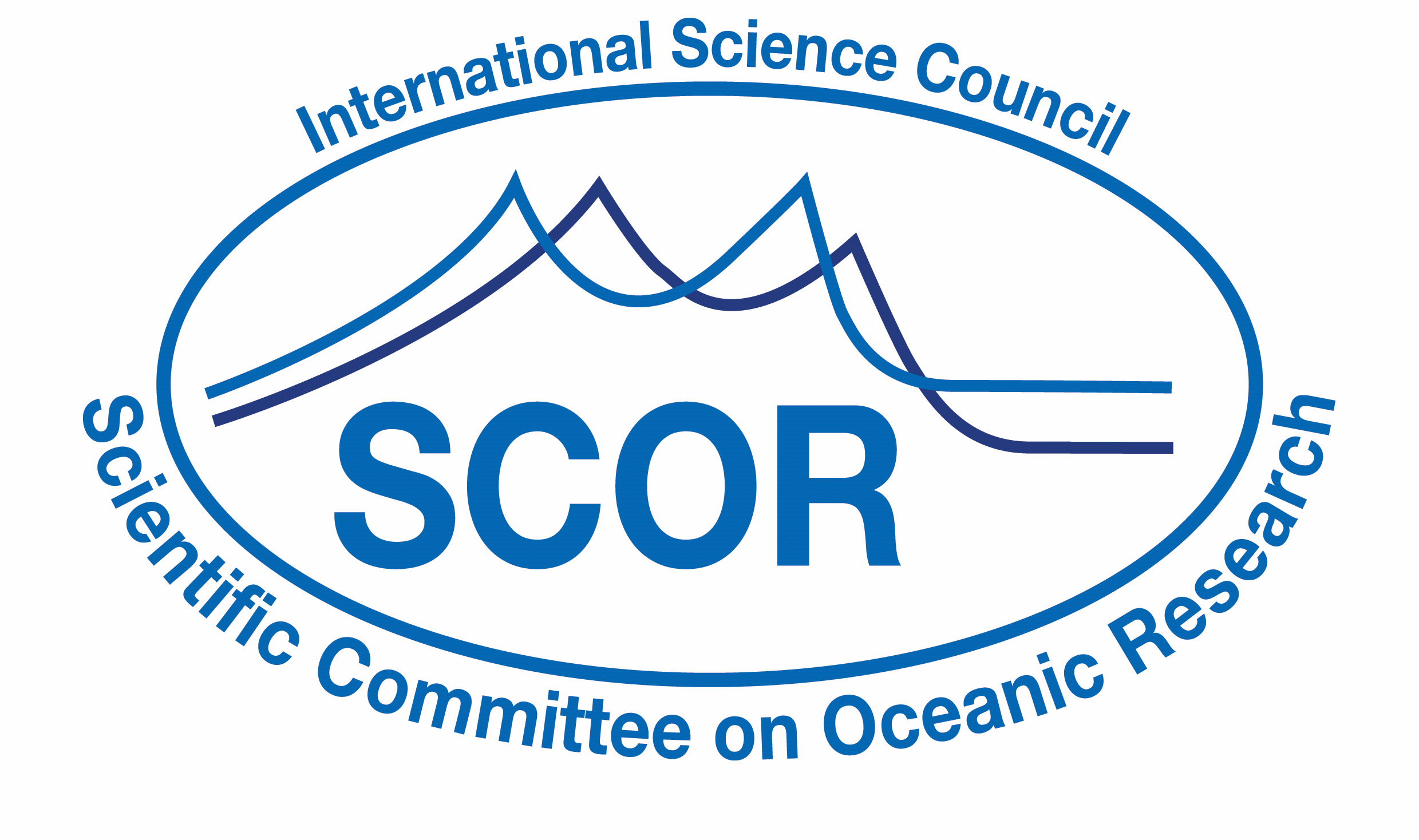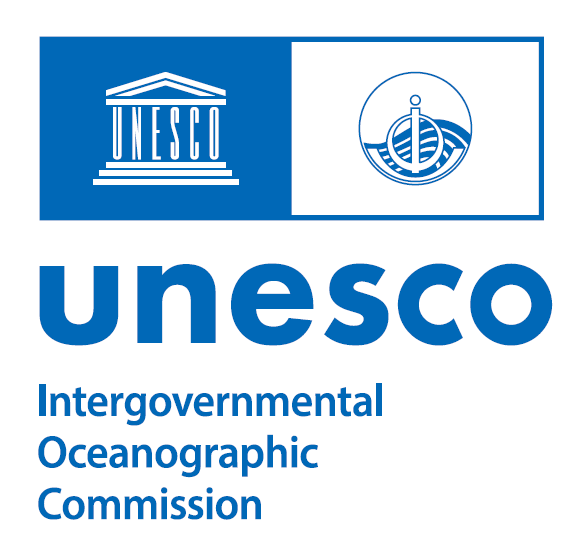PROJECT TITLE: Innovative technologies for the early detection of Harmful Algal Bloom threats
Acronym:
Scope: National
Type: Research
Timeframe: June 2017 to June 2020
Principal Investigator: Dr Lincoln Mackenzie
Address: Cawthron Institute, 98 Halifax Street, Private Bag 2, Nelson, New Zealand 7010
Tel/Fax: +64 3 5469464
E-mail: This email address is being protected from spambots. You need JavaScript enabled to view it.
Home page URL: http://www.cawthron.org.nz/
Other key persons:
Dr Jonathan Banks, Cawthron
Dr Kirsty Smith, Cawthron
Mr Ben Knight, Cawthron
Dr Rapael Kudela, UCSC Santa Cruz
Mr Mark Vanasten, Diagnostic Technologies
Dr. Jason Acker, Aquila Diagnostic Systems Inc
Objectives:
The proposed research aims to apply innovative technologies for detecting harmful phytoplankton species in near real time, thereby enabling rapid response of the aquaculture industry and other stakeholders to the onset of HABs and where possible mitigate their impacts.
Specifically, the project will involve field and laboratory trial s of three complementary innovative technologies (the HydrogelTM qPCR assay, the DinoDTec Saxitoxin gene assay and the Imaging FlowCytoBot (IFCB) instrument) for the detection and monitoring of harmful planktonic micro-algae. This project is applied research aimed at improving the effectiveness, and lowering the cost, of current harmful algae monitoring methods.
Following essential formatting and experimental validation trials to be carried out under this project, the HydrogelTM assay will provide a fast and effective screening method competitive with the current microscopy methods for detecting problem algae species. The assay will be sensitive, simple and robust and able to be carried out in a basic laboratory at sea or in an on-shore processing facility by an appropriately trained person.
The HydrogelTM assay is a field deployable qPCR assay developed by Aquila Diagnostic Systems, Edmonton, Canada (http://www.aquiladiagnostics.com/) with its primary applications in the veterinary and human health (e.g. Ebola, Malaria) diagnostic areas. Cawthron researchers have worked collaboratively with scientists at Aquila for some time and the efficacy of this technology for the diagnosis of oyster herpes virus infection has been demonstrated in New Zealand and found to offer a viable, low cost method of conducting OsHV-1 assays in the field. The unique feature of the HydrogelTM is that reagents are stabilised by polymerisation in a gel matrix which means the usual refrigeration of reagents is not required. As the gels are pre-prepared, operator input is minimal and only requires basic facilities. Because the reactions are sealed, the risk of contamination is reduced and can be carried out almost anywhere with rudimentary laboratory facilities. The research will involve the transfer of developed qPCR assays that target the most important toxic marine HAB species in New Zealand, to the HydrogelTM format. We will specifically target DNA sequences unique to the ichthyotoxic species Pseudochattonella verruculosa, Heterosigma akashiwo and Karenia brevisulcata, and the paralytic shellfish toxin producers Alexandrium pacificum and A. minutum. Parallel trials of the commercially available DinoTec STX gene assay will be carried out alongside the HydrogelTM assay when screening for toxic Alexandrium spp.
The Imaging FlowCytobot (IFCB) is an-autonomous submersible, in situ imaging flow cytometer, manufactured by McLane Labs, USA (http://mclanelabs.com/imaging-flowcytobot/). It combines flow cytometry and video technology to capture images of individual cells. After training the software, the images can be automatically classified to provide, identification and abundance and bio-volume estimates. Organisms can be classified to the genus or species level with an accuracy comparable to that of human experts. This enables real time reporting of species abundance, biomass and community composition. We have the opportunity through collaboration with Professor Raphael Kudela, University of California at Santa Cruz to trial a IFCB instrument in the Marlborough Sounds over the high risk HAB period in summer 2018-19. Over the duration of the project the IFCB will be deployed from various aquaculture installations (e.g. salmon farms) and on routine monitoring vessels and its capabilities demonstrated to aquaculture industry practitioners.
Implementation progress (date):

